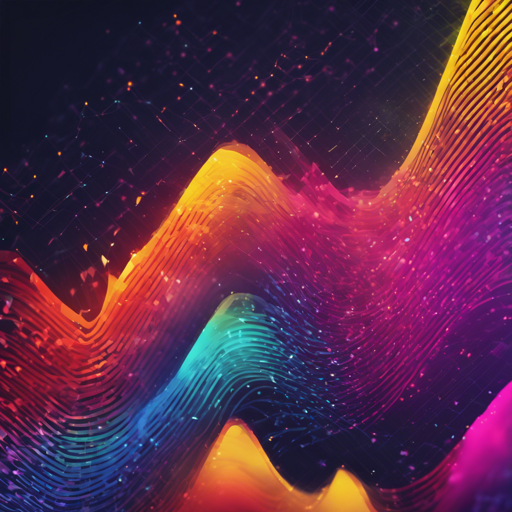Welcome to an exciting journey into the world of audio waveforms! This guide will walk you through the process of implementing a versatile plugin that enables you to generate waveforms while recording audio, manipulate them and much more. Let’s dive in!
What are Audio Waveforms?
Audio waveforms are visual representations of sound. They depict how sound waves oscillate over time, giving you a way to analyze audio visually. This plugin makes it easy to generate waveforms for any audio file formats supported by the given encoders.
Installation Steps
Let’s get your environment ready to go!
- Add the dependency to your
pubspec.yaml:
dartyaml
dependencies:
audio_waveforms: latest-version
*Get the latest version from the Installing tab on pub.dev*
dart
import 'package:audio_waveforms/audio_waveforms.dart';
Platform Specific Configuration
Depending on the platform you are targeting, you need to make sure specific configurations are in place.
Android Configuration
- Change the minimum Android SDK version to 21 or higher in your
android/app/build.gradlefile:
minSdkVersion 21
AndroidManifest.xml:iOS Configuration
- Modify
ios/Runner/Info.plistby adding:
NSMicrophoneUsageDescription
This app requires Mic permission.
Podfile:platform :ios, '12.0'
Recording Audio
Time to get hands-on! Here’s how to record audio and generate waveforms.
- Initialize the recorder:
dart
RecorderController controller = RecorderController();
await controller.record(path: path);
await controller.pause();
final path = await controller.stop();
controller.refresh();
controller.dispose();
Using AudioWaveforms Widget
Now let’s visualize the recorded audio data.
dart
AudioWaveforms(
size: Size(MediaQuery.of(context).size.width, 200.0),
recorderController: controller,
enableGesture: true,
waveStyle: WaveStyle(
color: Colors.white,
showDurationLabel: true,
spacing: 8.0,
extendWaveform: true,
gradient: ui.Gradient.linear(
const Offset(70, 50),
Offset(MediaQuery.of(context).size.width * 2, 0),
[Colors.red, Colors.green],
),
),
),
Using the Player
If you want to play the audio back, use the following:
dart
PlayerController controller = PlayerController();
await controller.preparePlayer(path: path, shouldExtractWaveform: true, noOfSamples: 100);
await controller.startPlayer(finishMode: FinishMode.stop);
Troubleshooting
If you encounter issues, consider the following:
- Check your platform-specific configurations to ensure permissions are correctly set.
- Ensure you have the latest version of the plugin by checking pub.dev.
- If the app crashes, verify that you have added audio session management in your app’s initialization.
For more insights, updates, or to collaborate on AI development projects, stay connected with fxis.ai.
Conclusion
At fxis.ai, we believe that such advancements are crucial for the future of AI, as they enable more comprehensive and effective solutions. Our team is continually exploring new methodologies to push the envelope in artificial intelligence, ensuring that our clients benefit from the latest technological innovations.

